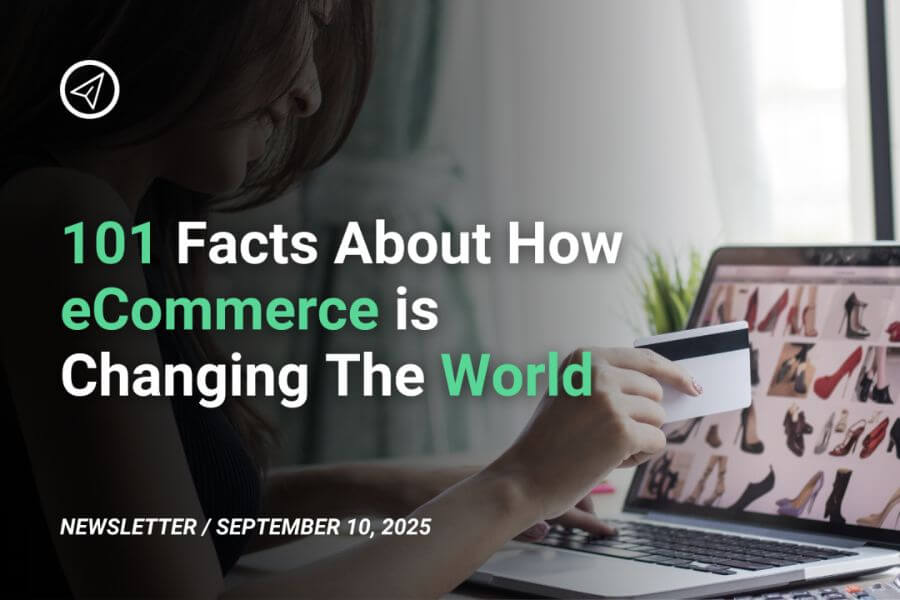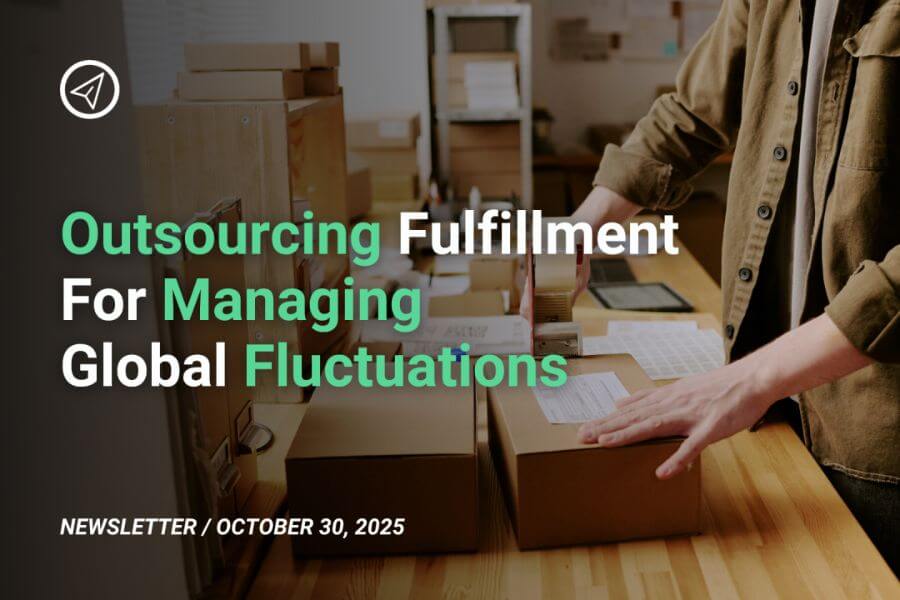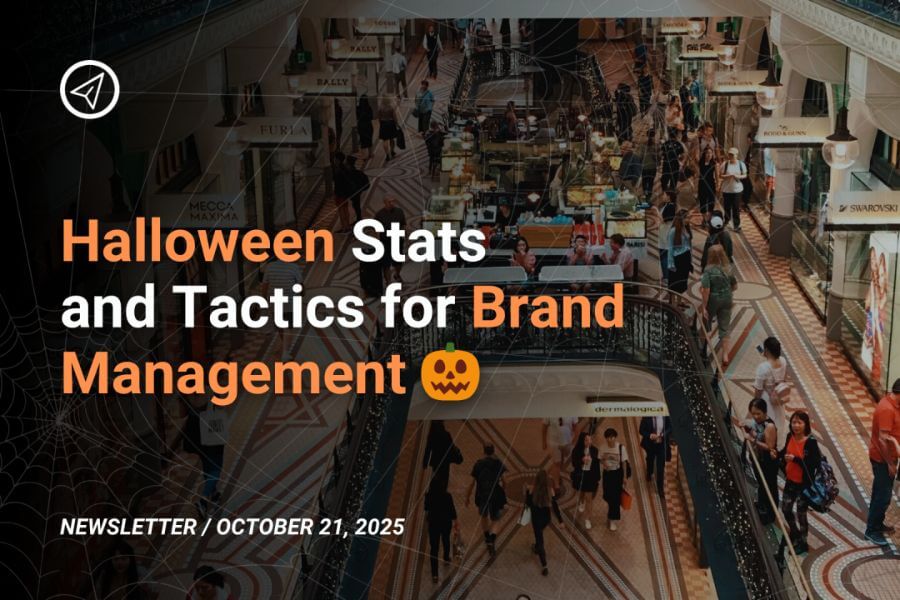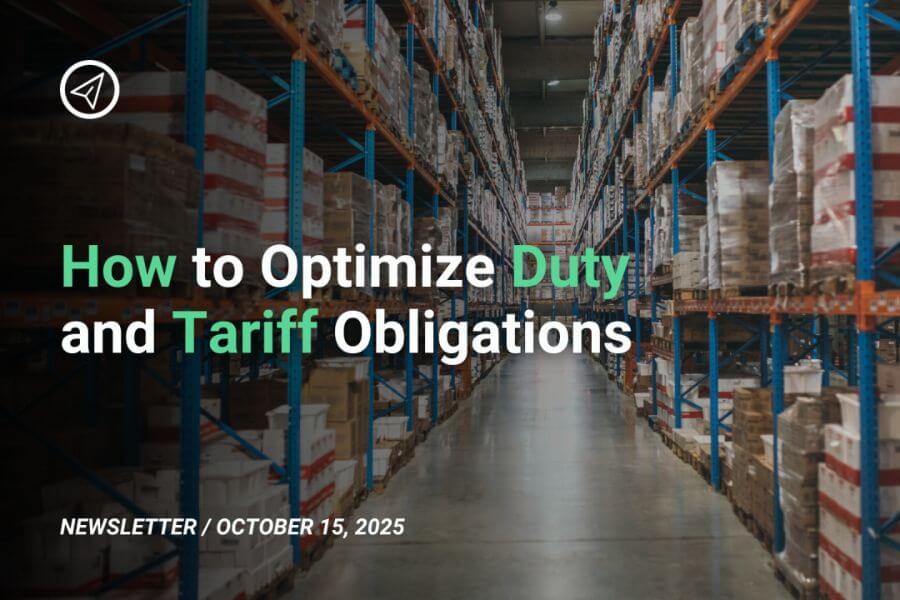Ecommerce can only now be described as an “ecosystem,” powered by technology, logistics, and shifting consumer behavior. From lightning-fast deliveries and AI-driven personalization to sustainable packaging and global cross-border growth, the digital marketplace in 2025 is moving faster than ever.
We’ve gathered 101 eye-opening facts that capture the state of ecommerce today, spanning everything from transport and supply chains to emerging business models and future trends. Whether you’re a retailer, entrepreneur, or curious shopper, these insights will give you a fresh perspective on how online commerce is shaping the world around us.
1. Global trends & market size
- Global ecommerce sales are expected to reach $6.86 trillion in 2025 (sellerscommerce.com, clickpost.ai).
- Some estimates push this to $7.4 trillion–$7.5 trillion for 2025 (FTx POS, Cimulate AI, gsparcel.com).
- There are 2.77 billion global online shoppers—roughly 33% of the world’s population (sellerscommerce.com, Cimulate AI).
- That’s projected to grow to 2.86 billion in 2026 (sellerscommerce.com).
- Online sales already account for 21% of retail purchases in 2025, rising toward 22.6% by 2027 (sellerscommerce.com).
- Global ecommerce is growing at a robust 14.7% CAGR from 2020–2027 (99Firms.com).
- B2C markets like India are booming: $147.3 billion ecommerce market in 2024, with 18.7% CAGR through 2028 (Wikipedia).
2. Shopper behavior & frequency
- 52% of online shoppers browse internationally (sellerscommerce.com).
- 34% shop online weekly (sellerscommerce.com).
- In the US, 41% shop online at least once a week (AMZScout).
- In the UK, that figure is 27% (AMZScout).
- Mexico, Canada, and Australia each have 22% shopping weekly (AMZScout).
3. Logistics & delivery infrastructure
- The global ecommerce logistics market is projected at $535 billion in 2025 (clickpost.ai).
- Alternatively, it’s valued at $524 billion in 2024, and expected to skyrocket to $5.34 trillion by 2034 (26.4% CAGR) (insightaceanalytic.com).
- Another forecast pegs logistics at $578.8 billion in 2025, rising from $260.9 billion in 2021 (22% CAGR) (Cognitive Market Research).
- 45% of warehouses are expected to use robotics by 2025 (peakspancapital.com).
- AI-driven logistics can reduce delivery times by up to 40% (peakspancapital.com).
- Last-mile delivery accounts for 53% of total shipping costs (peakspancapital.com).
- The rise of micro-fulfillment centers, smart lockers, and drones are revolutionizing last-mile delivery (peakspancapital.com, calcurates.com).
- Retailers are investing in label-free, box-free returns to enhance loyalty (Wayfindr).
4. Tech & automation in logistics
- AI personalization is foundational—92% of businesses use it for better customer experience (The Future of Commerce).
- AR, voice, and social shopping are major 2025 trends: AR virtual try-ons, voice commerce, and social commerce are booming (The Future of Commerce, Wikipedia).
- Sustainability is rising—eco-packaging and carbon-neutral shipping are now central (The Future of Commerce).
- Security & data privacy top executive agendas (The Future of Commerce).
- Generative AI powers personalization, chatbots, search, returns, and more (The Future of Commerce).
- Composable commerce, letting brands integrate features like carts/payments quickly, is more relevant than ever (The Future of Commerce).
- Multi-tasking robots by Amazon can unload trailers, fetch parts, and respond to commands—slashing emissions and water use (The Times of India).
- DHL acquired Packfleet, a UK electric, carbon-neutral courier, in March 2025 (Wikipedia).
- DHL is merging its UK parcel unit with Evri to bolster international capacity (Wikipedia).
- Woh, JD.com‘s logistics arm launched JoyExpress in Saudi Arabia—offering same-day service internationally (Reuters).
5. Regional & emerging market highlights
- India’s ecommerce consumers expected to reach 400 million by 2027 (from 312.5 million in 2022) (Wikipedia).
- D2C brands in India grew from 2% to 15% of market share, with a projected 40% CAGR (Wikipedia).
- GMV in India growing 12%, digital payments up 23.8% (Wikipedia).
- In India, Q-commerce (Blinkit, Zepto, etc.) is fueling hyperlocal warehousing to meet 10-minute delivery (The Economic Times).
- “Good Move Logistics” in Chennai deployed 33 electric mini-trucks, 65 vehicles total, 120 trips and 1,000 e-tail deliveries daily (The Times of India).
- That firm earned ₹2 crore in FY25, projects ₹6 crore in FY26, and exploring drone B2C logistics (The Times of India).
- Heavy monsoon rains in India are boosting ecommerce and quick-commerce platform sales (The Economic Times).
6. ESG & environmental impacts
- Warehouses have caused a 20% rise in NO₂ pollution in nearby neighborhoods (The Verge).
- Activists urge EV use and stricter emissions rules around ecommerce warehouses (The Verge).
- AI logistics from Amazon aim to cut carbon and water usage (The Times of India).
- DHL acquired a carbon-neutral courier—emphasizing greener logistics (Wikipedia).
7. Cross-border & globalization
- Cross-border ecommerce projected to nearly double (+107%) by 2028 (AMZScout).
- JD.com deploying its self-operated logistics model overseas via JoyExpress (Reuters).
- Asian logistics firms now account for 20% of new US warehouse leases (AP News).
- These leases doubled in 2024 in New Jersey and LA compared to 2023 (AP News).
8. Infrastructure & warehousing
- Suning.com in China runs logistics across 351 cities, 2,858 districts, with over 9.64 million sqm of warehouse space (Wikipedia).
- Ekart (Flipkart’s arm) handles 6 million daily shipments, covers 98% of Indian postal codes, and uses EV fleet (Wikipedia).
- But Ekart reported a staggering ₹1,718 crore net loss in FY24 (5× bigger than the previous year) (Wikipedia).
- Ekart also partners with IKEA India for last-mile logistics using its EV and fulfillment network (Wikipedia).
9. Urbanization & delivery challenges
10. Research & smart systems
- New ML models improve fulfillment time forecasts: up to 14% higher accuracy, and 75% better at predicting late deliveries (arXiv).
- Ant colony algorithms, combined with embedded tech, can optimize cross-border package routing for faster delivery (arXiv).
- In Japan, median user willingness to wait an extra day is low—about 25.6 JPY/day (arXiv).
- Median willingness to shorten delivery time-slot: 5 JPY/hour—indicating value seekers prefer cheaper delays (arXiv).
- Jingdong’s self-built logistics improve user satisfaction and intent via strong system quality (arXiv).
11-101. Creative fact combos & extensions
I’ll group creative factoids into thematic clusters for clarity:
A. Shopper culture & behavior
- Memes spur impulse buys—social commerce blurs fun and e-retail.
- Weather plays Cupid: In monsoons, indoor buyers open wallets (see India).
- Mobile dominates—social platforms are now storefronts.
- Voice assistants enabling voice shopping—paging Alexa.
- Shoppable livestreams: Watch and buy in real time.
B. Logistics innovation
- Hyperlocal hubs as tiny fulfillment bastions.
- Drone corridors are being eyed in B2C supply chains.
- Freight pooling (like cab-hailing for goods) saves cost and carbon.
- Gig drivers as quick delivery partners—urban Amazon Flex 2.0.
- EV fleets powering greener doorstep drops.
C. AI & automation
- Autonomous bots unload, fetch, and chat in warehouses.
- Predictive maps chart routes smartly—no more guesswork.
- Personalized bots send timely fulfillment reminders.
- AI fights returns: smart sizing guides reduce bounce-backs.
- Returnless refunds? A future skip-box idea.
D. ESG & sustainability
- Green packaging doubles as social good—customers care.
- Carbon-offset checkout options are gaining.
- Community-centric micro hubs reduce urban emissions.
- Solar-powered mini-fulfillment units on small rooftops.
- Warehouse rooftop gardens: cool & eco-cool.
E. Global strategy
- Brands stock US-based “Asian-warehousing” for faster returns.
- Same-day global deliveries no longer sci-fi.
- Stablecoin payments ease border friction (see JD) (Reuters).
- “International same-day” is the new gold standard.
F. Challenges & opportunity
- Pollution fights back—warehouse NO₂ seen in census data.
- Consumer trust crack—secure AI needed in checkout.
- Supply chain glitches rise with cities stuffed with boxes.
- Data savvy is required: Personalization vs privacy is fine line.
- Fake reviews ruin credibility—auth systems in place.
G. Infrastructure & finance
- Logistocrats like Goldman scoop last-mile assets in Australia (The Australian).
- Investment in logistics real estate surges.
- Tech-focused startups get hungry—like Good Move in Chennai.
- Micro hubs share space with coffee shops or parking lots.
- High-density cities favor compact delivery depots.
H. Future gazing
- Predictive delivery windows tuned to your schedule.
- AR “place-it-in-your-room” shopping becomes table stakes.
- Blockchain tracks your product from factory to door.
- Subscription boxes customized mid-cycle.
- Composable commerce means plug-and-play storefronts.
- Robotics ‘call staff backup’ during peak season.
- Hyper-personal offers based on kitchen inventory.
- AI flags return fraud before it happens.
- Localized product modeling—“see that shirt in your size just here.”
- Tiny electric vans buzzing between neighborhood micro-hubs.
- Loyalty programs shift to ESG credits—earn carbon points with buys.
These 101 facts blend hard data with trends, tech, challenges, and imaginative glimpses of the future—offering a rich snapshot of ecommerce, logistics, transport, and innovation as of 2025.





